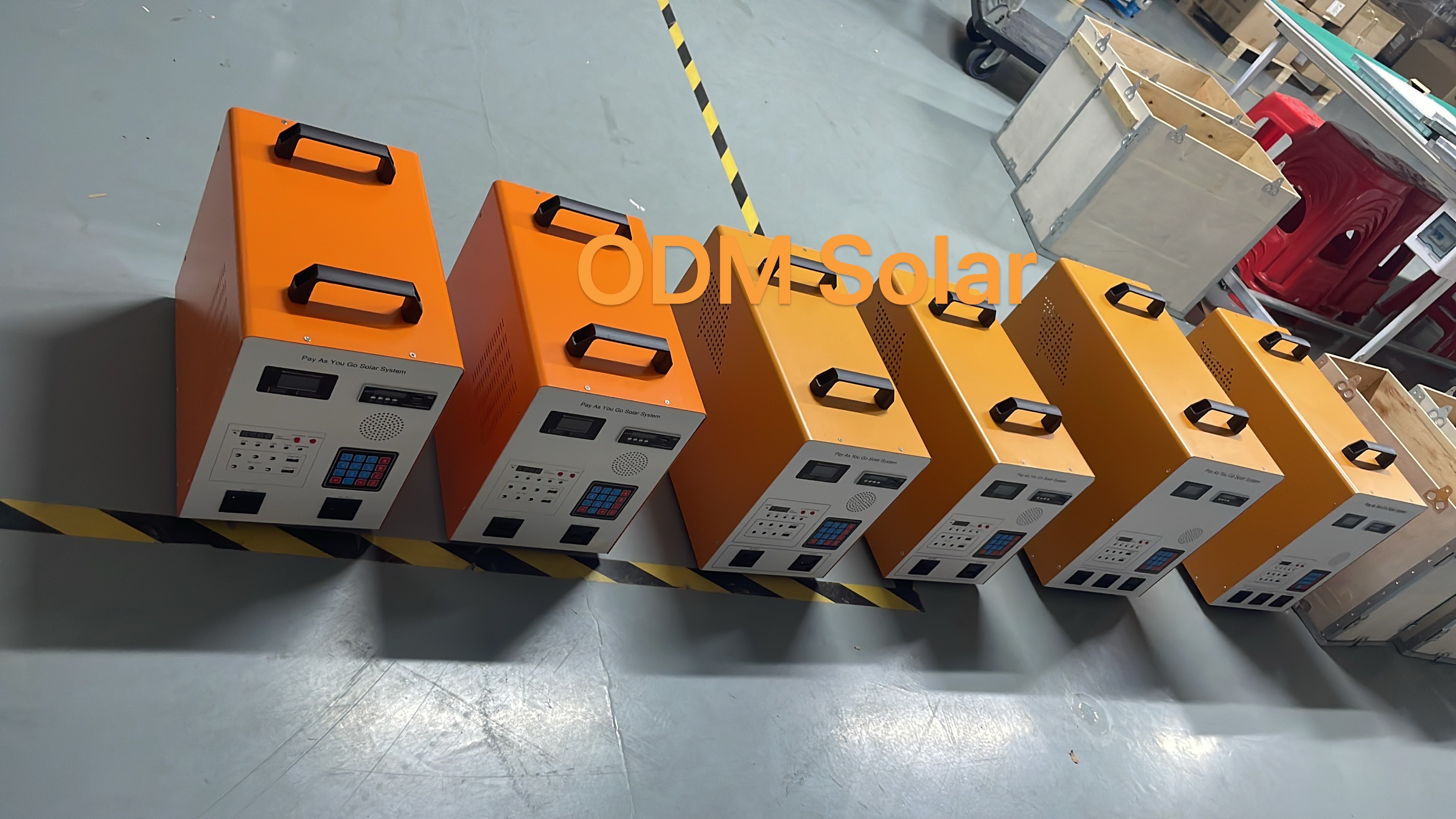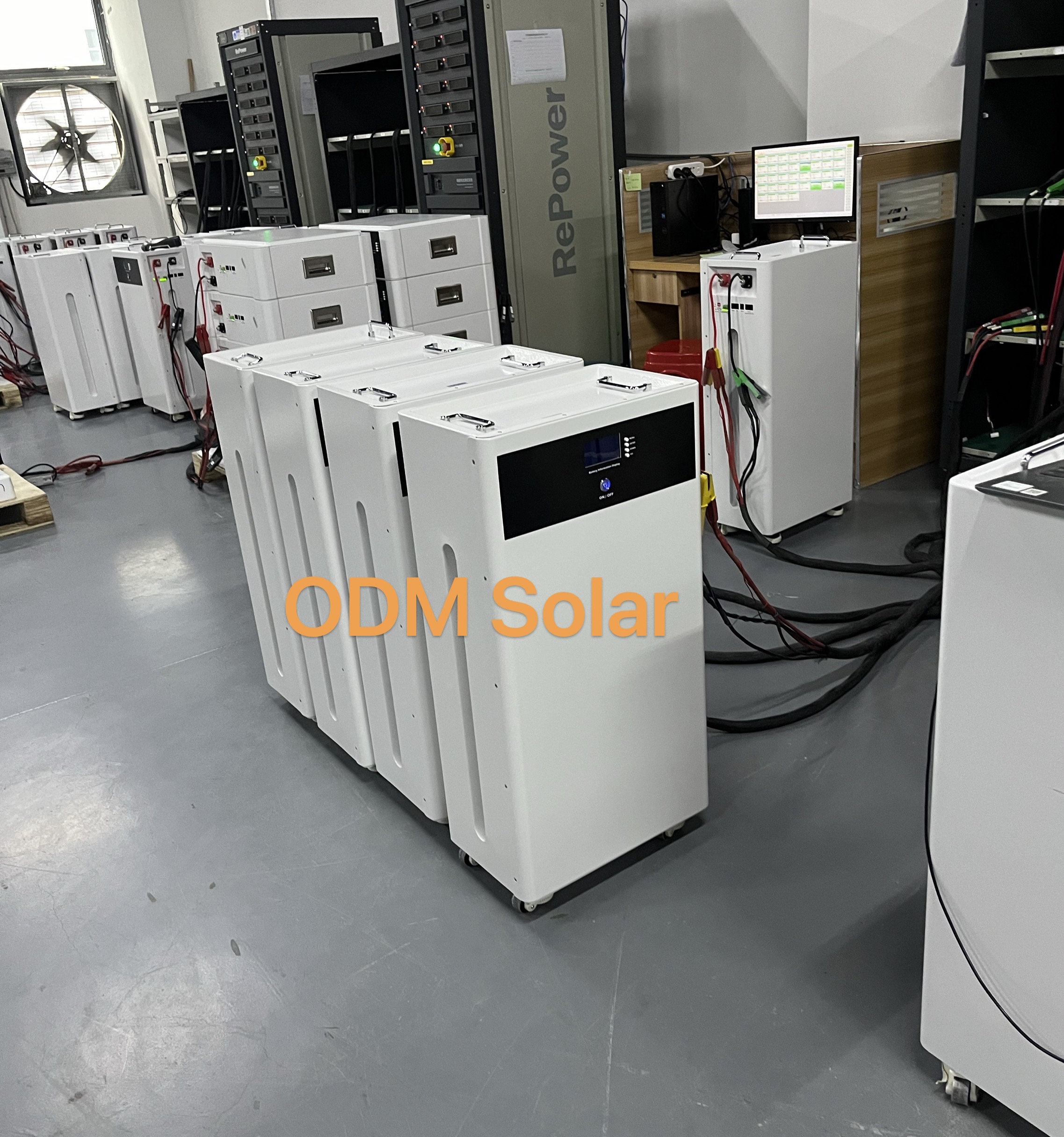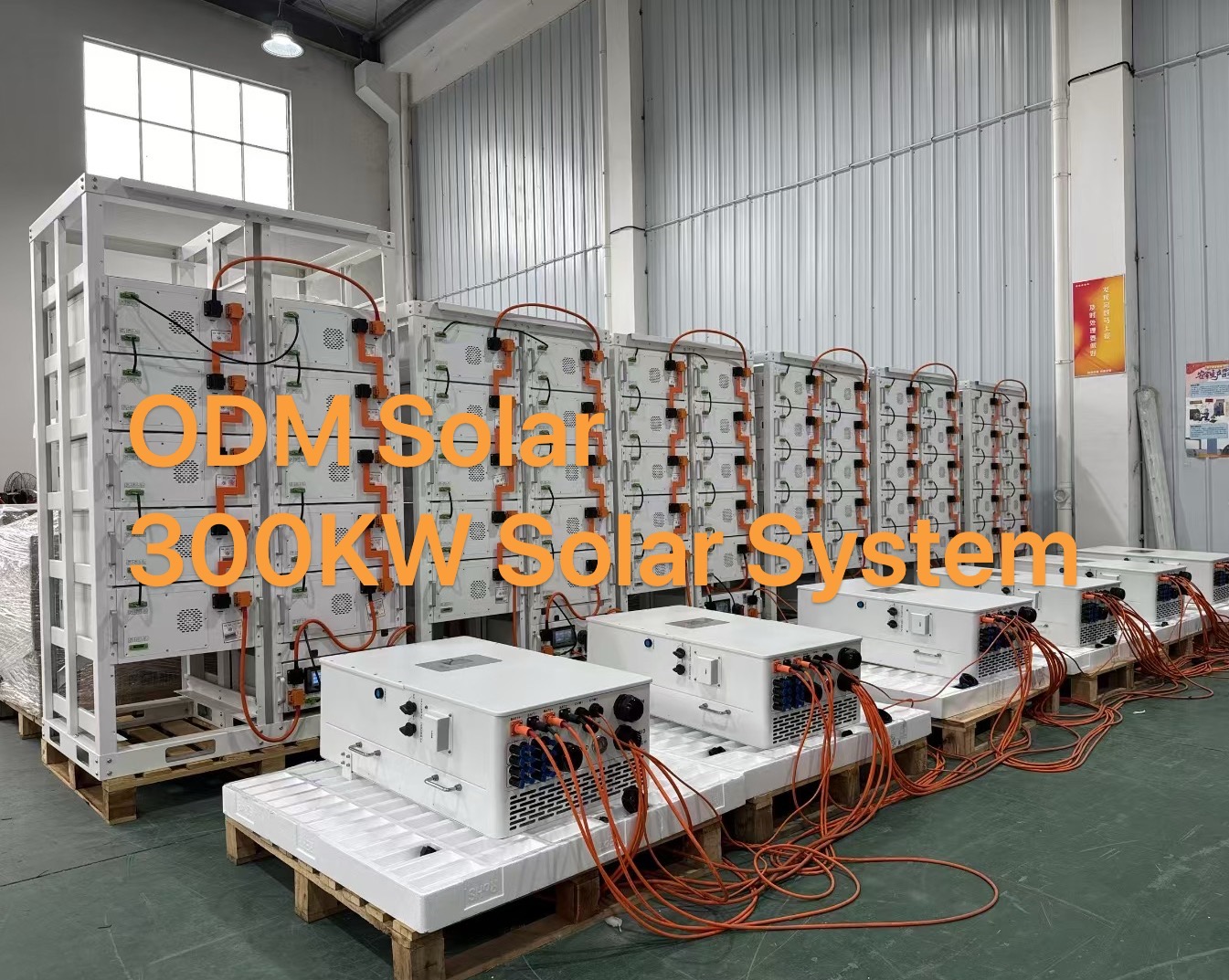AC220V pay as you go paygo payg solar system
Pay-As-You-Go Solar Systems: Unlocking Flexibility and Affordability for AC Output
In the era of renewable energy, solar power has become a key player in the global shift toward sustainable living. While solar systems have traditionally been associated with large upfront costs, a growing trend in the industry is the introduction of Pay-As-You-Go (PAYG) solar systems. These systems offer a unique, affordable approach to solar energy by allowing users to pay for the energy they consume rather than committing to hefty installation fees. One of the most exciting aspects of PAYG solar systems is their potential to power air conditioning (AC) units, which are often energy-hungry appliances. In this blog, we'll explore how PAYG solar systems work, their benefits, and their impact on powering AC units.
What is a Pay-As-You-Go Solar System?
A Pay-As-You-Go solar system is an energy model that allows consumers to pay for solar power based on their consumption, rather than paying for the system upfront. This is typically facilitated through a mobile app or a prepaid system that enables users to "top-up" their energy account and access the solar power generated by their system as they need it. PAYG models are particularly popular in off-grid or semi-grid regions, where access to conventional electricity infrastructure may be limited.
Instead of making a large financial commitment to buy and install a solar system, users only pay for the electricity they use, just like a prepaid mobile phone plan. This flexibility makes it easier for households and businesses to access solar energy without the financial burden of traditional financing methods.
How Does a PAYG Solar System Power an AC Unit?
When it comes to powering energy-intensive appliances like air conditioners (AC), the key to success with a PAYG solar system lies in the balance between energy demand and solar generation.
Solar Panels: The system starts with solar panels that collect sunlight and convert it into electricity. In a PAYG setup, solar panels are typically installed on the roof of the property. The amount of energy generated depends on factors like panel size, location, and sunlight exposure.
Inverter: The electricity generated by the solar panels is DC (direct current), but most appliances—including AC units—require AC (alternating current). The inverter is responsible for converting DC to AC so that it can be used to power appliances.
Battery Storage (optional): Some PAYG systems include a battery storage component, allowing users to store excess energy generated during the day for use at night or during cloudy periods. This can be especially useful for powering an AC unit when sunlight is not available.
Pay-As-You-Go Interface: The user interface is often a mobile app or prepaid energy card that lets consumers monitor their energy consumption and top up their account as needed. In this way, users only pay for the energy they actually consume, making the system cost-effective and flexible.
Benefits of Pay-As-You-Go Solar for AC Output
Affordability and Flexibility: The most significant benefit of PAYG solar systems is their affordability. With no upfront installation costs, users can install a solar system and begin using it immediately, paying only for the energy they use. This is particularly useful for households that wish to power energy-intensive appliances like AC units but may not have the capital to invest in a full solar installation upfront.
Reduced Electricity Bills: Solar energy can drastically reduce your dependence on grid electricity, which can be expensive, especially for cooling purposes. By using a PAYG system, you only pay for the amount of energy consumed, and often, this is much less than paying for traditional grid electricity. In some cases, PAYG systems can even eliminate or significantly reduce monthly utility bills.
Environmental Benefits: Air conditioning is a major contributor to electricity demand, and using a solar-powered AC system can significantly reduce your carbon footprint. By harnessing the sun’s energy, you help lower your reliance on fossil fuels and contribute to the fight against climate change.
Energy Independence: PAYG solar systems help users become more energy-independent. In regions with unreliable or expensive grid power, PAYG solar can be a game-changer. With the option to store excess energy, users can continue using their AC systems even during power outages or at night, without worrying about unpredictable energy costs.
Scalable and Customizable: PAYG solar systems are often modular, meaning they can be scaled up as needed. If a household needs more power for a larger AC unit or additional appliances, they can easily upgrade their system. This scalability offers long-term flexibility.
Challenges to Consider
While the benefits are clear, there are some challenges to consider when using a PAYG solar system for powering an AC unit:
Energy Demand: Air conditioners are among the most energy-intensive appliances in a home. The amount of energy required to cool a space will depend on factors like the size of the area, climate, and the efficiency of the AC unit. It’s essential to accurately assess your energy needs to ensure that your PAYG solar system can meet those demands.
Limited Solar Generation in Some Areas: In regions with frequent cloud cover, long winters, or limited sunlight, solar power generation may not be sufficient to fully power an AC unit. In such cases, users may need to supplement their solar power with grid electricity or a backup generator.
Battery Storage Costs: While many PAYG systems offer battery storage options, these can add to the initial cost. Batteries are particularly useful for nighttime cooling or during cloudy periods but are not always necessary if daytime usage aligns with solar generation.
Conclusion
Pay-As-You-Go solar systems are a promising solution for households looking to reduce their electricity bills and minimize their environmental impact. By allowing users to pay only for the energy they use, these systems offer an affordable way to access solar power—especially when it comes to energy-hungry appliances like air conditioning. However, it’s important to carefully consider your energy needs, the efficiency of your solar system, and the environmental conditions of your location before making the switch to solar.
With proper planning, a PAYG solar system can be a highly effective, sustainable, and cost-efficient way to power your AC unit, providing year-round comfort while contributing to a cleaner, greener future.









